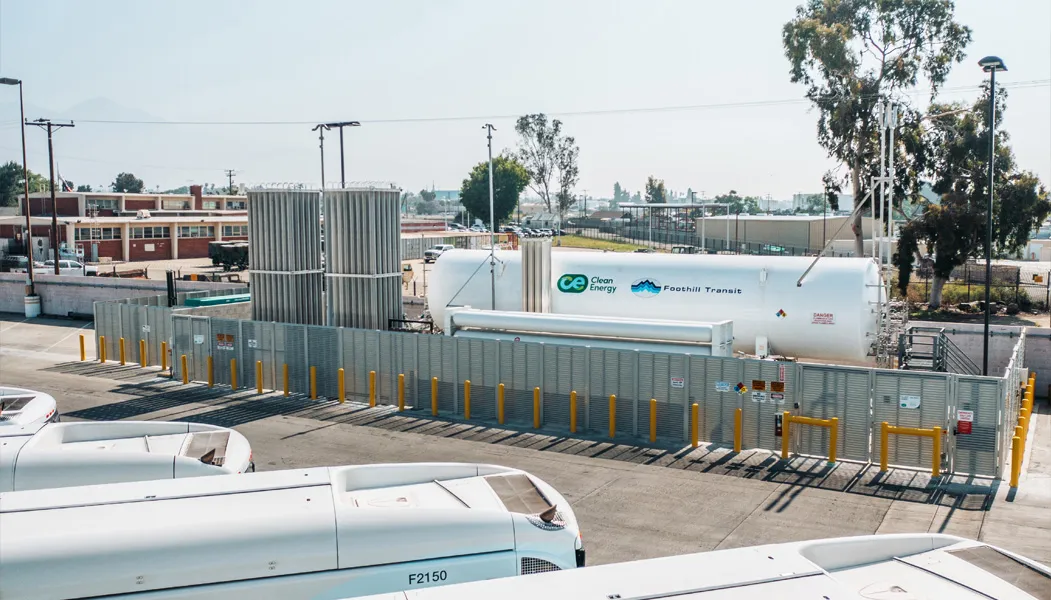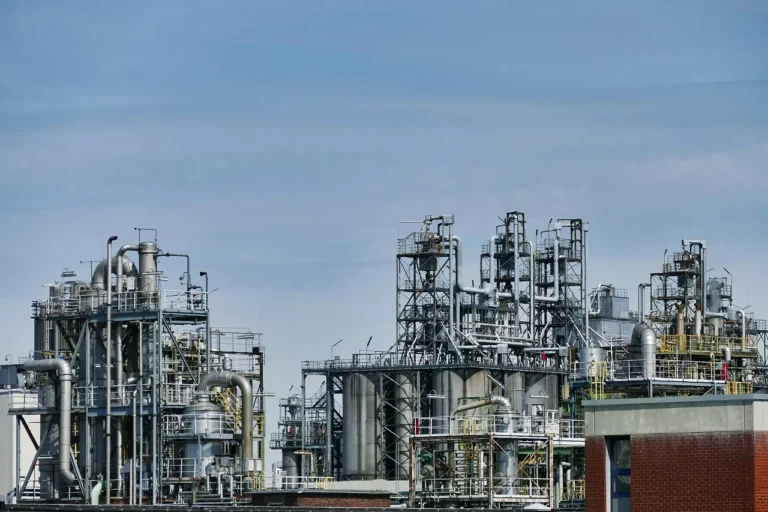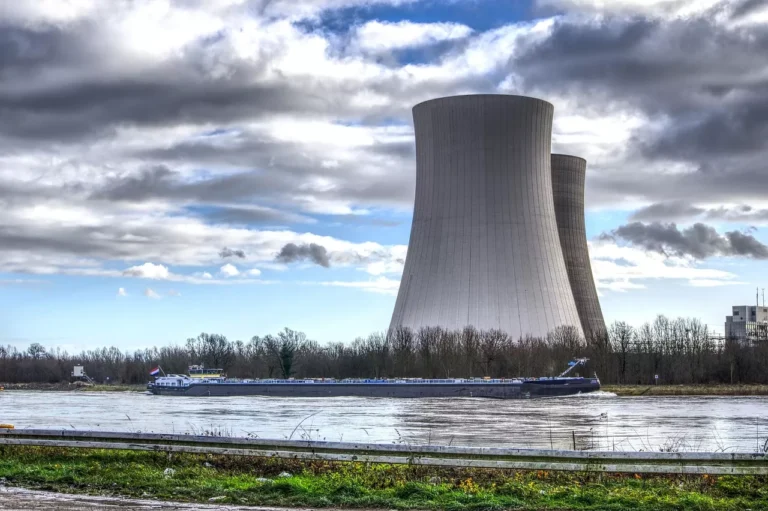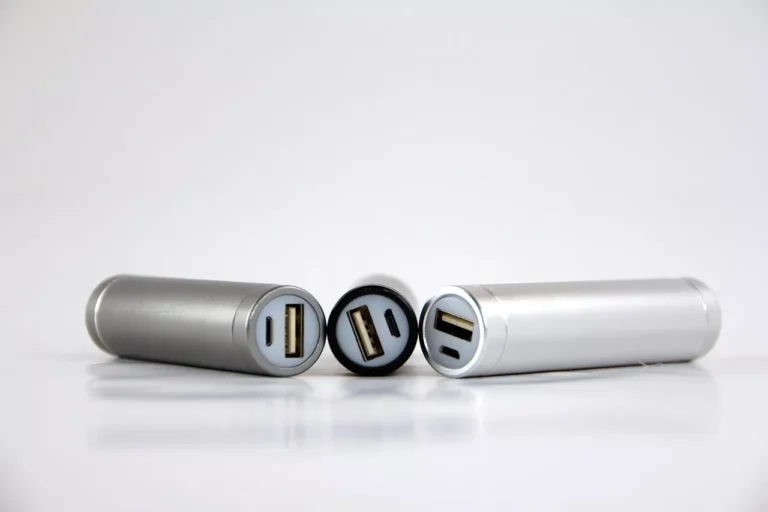
Clean Energy Fuels to Build Second Hydrogen Fueling Station for Foothill Transit’s Expanding Low-Emissions Bus Fleet
Clean Energy Fuels Corp. (NASDAQ: CLNE), recognized as the largest provider of the cleanest fuel solutions for the U.S. transportation market, has announced a major expansion in its long-standing collaboration with Foothill Transit. The company has been awarded a new contract to design, build, and maintain a second hydrogen fueling station that will power Foothill’s growing fleet of low-emissions buses. This milestone further strengthens a partnership that has spanned more than two decades and demonstrates both organizations’ commitment to cleaner, more sustainable transportation for Southern California.
The upcoming hydrogen station will be located at Foothill Transit’s Arcadia bus yard, which currently functions as a fueling hub for its extensive renewable natural gas (RNG) bus fleet. By expanding into hydrogen infrastructure at Arcadia, Foothill Transit will diversify and strengthen its clean energy capabilities, ensuring that the agency can meet rising demand for sustainable mobility options. An initial order of 19 hydrogen fuel cell buses will be deployed at the Arcadia site once the station is complete, marking another step toward Foothill’s long-term goal of building a fully zero-emission fleet.
The design-build contract for the new station is valued at approximately $11.3 million. Funding for the project will be supported in part by federal and state grant assistance, highlighting the role of public investment in accelerating the transition to low- and zero-emission transportation. The grants are intended to reduce the financial burden on transit agencies while supporting California’s ambitious climate goals, which include achieving a carbon-neutral economy by 2045.
A Growing Fleet and Expanding Infrastructure
Foothill Transit has emerged as a trailblazer in sustainable transit operations. Serving more than 11 million passengers annually across the San Gabriel Valley, Pomona Valley, and downtown Los Angeles, the agency has steadily transformed its fleet to include cleaner alternatives to diesel and gasoline-powered buses. Today, Foothill operates California’s largest fleet of hydrogen fuel cell buses, setting an example for transit systems nationwide that are seeking practical solutions to decarbonize their operations.
The agency’s first hydrogen fueling station was constructed at its Pomona facility by Clean Energy in 2021. After two years of development, the Pomona station officially went into operation in June 2023. Since then, it has fueled a fleet of 33 hydrogen buses, with Clean Energy managing both the operations and maintenance of the facility. The success of the Pomona site gave Foothill Transit the confidence to expand hydrogen fueling to its Arcadia location, creating a dual-site infrastructure network that will significantly increase capacity for future bus deployments.
Hydrogen fuel cell buses offer a compelling complement to battery-electric buses. They provide longer ranges, faster refueling times, and the ability to operate in diverse environments without long charging cycles. For Foothill Transit, which serves a broad and densely populated region of Los Angeles County, these attributes make hydrogen buses particularly effective for delivering reliable service while lowering greenhouse gas emissions.
Partnership and Vision for the Future
“We’ve had a longstanding relationship as trusted partners of Foothill Transit for over two decades,” said Chad Lindholm, senior vice president at Clean Energy Fuels. “We’re proud to support their transition to clean fuels—whether it’s renewable natural gas or hydrogen. Foothill continues to set the standard for sustainability in transit, and we’re excited to help expand their hydrogen infrastructure as they move proactively toward a zero-emissions future.”
Clean Energy Fuels has worked alongside Foothill for more than 20 years, supporting the agency in multiple phases of its clean energy journey. Initially, the collaboration centered on transitioning away from traditional fuels to renewable natural gas, a low-carbon alternative derived from organic waste sources. More recently, the focus has shifted toward hydrogen fuel cells, reflecting a growing consensus across the transportation sector that hydrogen will play a crucial role in decarbonizing heavy-duty vehicles and fleets.
The new Arcadia hydrogen station will be designed to store liquid hydrogen and dispense it in gaseous form, providing efficient refueling for fuel cell buses. This dual-stage process allows hydrogen to be stored in a more compact form and then converted for vehicle fueling, ensuring both storage efficiency and operational reliability. The station is currently in its design phase, with construction expected to begin in mid-2026. Once operational, the Arcadia facility will serve as a critical complement to the Pomona station, giving Foothill Transit the capacity to scale its hydrogen fleet even further.
California’s Push Toward Zero-Emissions Transit
Foothill Transit’s hydrogen investments align with California’s broader push toward a zero-emission public transit future. The California Air Resources Board (CARB) has established the Innovative Clean Transit (ICT) regulation, which requires all public transit agencies in the state to transition to 100% zero-emission bus fleets by 2040. Agencies like Foothill, by moving early and aggressively into hydrogen and other clean technologies, are setting themselves up to meet these requirements well ahead of schedule.
For passengers, the benefits extend beyond environmental impact. Hydrogen fuel cell buses deliver quieter rides, produce zero tailpipe emissions, and reduce harmful air pollutants such as nitrogen oxides and particulate matter—pollutants that disproportionately affect urban communities and those living near transit corridors. These improvements in air quality directly contribute to public health outcomes, further strengthening the case for expanding hydrogen transit infrastructure.
Industry Momentum and Broader Implications
The expansion at Arcadia also reflects a broader industry trend toward diversifying clean fuel solutions. While battery-electric technology has received significant attention, hydrogen is increasingly recognized as a practical solution for larger, longer-haul fleets that require high uptime and operational flexibility. Transit agencies, trucking companies, and logistics operators are exploring hydrogen as part of their broader energy transition strategies.
For Clean Energy Fuels, the Arcadia project is an opportunity to cement its leadership in providing not just renewable natural gas, but also hydrogen infrastructure for the transportation sector. The company’s ability to design, build, operate, and maintain fueling stations positions it as a comprehensive partner for agencies like Foothill that need both technological expertise and long-term operational support.










